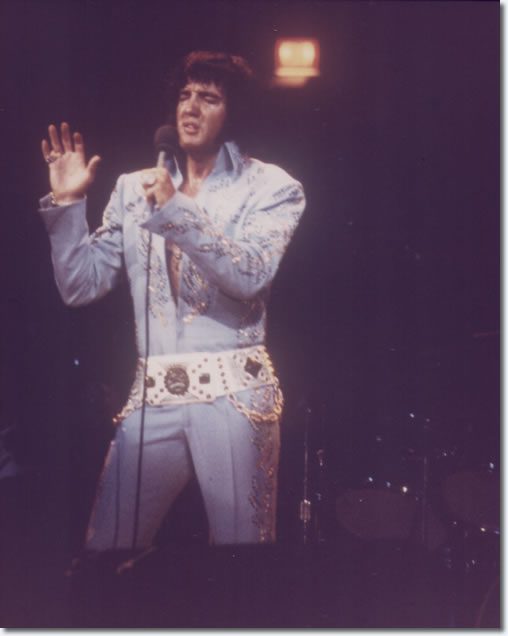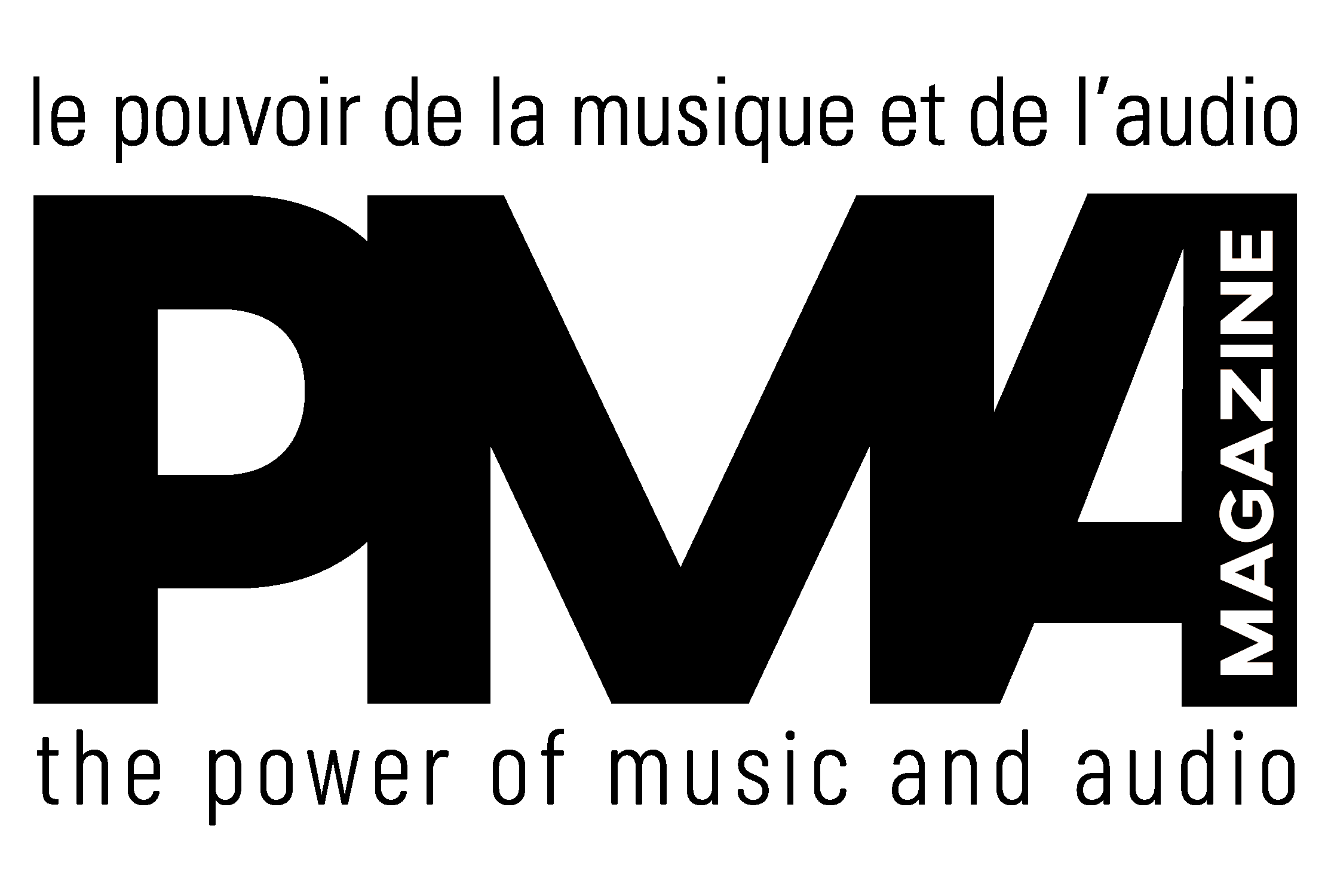
June 10, 1972, was no ordinary day at Madison Square Garden. The hallowed halls, famous for hosting legendary sports battles and unforgettable music performances, were about to witness another momentous event. Elvis Presley, the King of Rock ‘n’ Roll, was back in New York City for the first time since the ’50s. This wasn’t just a concert; it was a cultural earthquake.
Setting the Stage
By 1972, Elvis was more than a rock star; he was an American icon, a living legend whose influence had shaped a generation. Yet, despite his towering presence in pop culture, Elvis had never performed at Madison Square Garden. That was about to change with a series of four performances over three days, all of which sold out in the blink of an eye. The anticipation was electric, the stakes monumental.
As the lights dimmed and the crowd’s roar reached a fever pitch, Elvis took the stage. Clad in his trademark white jumpsuit, the King looked every bit the rock deity his fans had idolized for years. From the opening bars of “That’s All Right” to the final chords of “Can’t Help Falling in Love,” Elvis delivered a performance that was both a nostalgic nod to his early days and a triumphant reaffirmation of his enduring appeal.

The Performance
Elvis’s Madison Square Garden concerts were a masterclass in showmanship. He effortlessly blended his early rockabilly hits with the more mature, soulful sounds that had characterized his later career. Songs like “Suspicious Minds” and “Polk Salad Annie” showcased his dynamic vocal range and undeniable charisma.
The setlist was a carefully curated journey through his vast catalog, featuring classics like “Heartbreak Hotel,” “Hound Dog,” and “Love Me Tender.” Each song was met with deafening applause, as fans from all walks of life—young and old, new admirers and longtime devotees—came together to celebrate the man whose music had touched so many lives.
In true Elvis fashion, he didn’t just stick to his hits. He also performed covers of contemporary songs, putting his unique spin on tracks like “Proud Mary” and “You’ve Lost That Lovin’ Feelin’.” These renditions not only showcased his versatility but also connected him with the evolving musical landscape of the early ’70s.
The Comeback
To fully appreciate the magnitude of Elvis’s Madison Square Garden concerts, it’s essential to understand why his return was considered a comeback. After dominating the charts in the 1950s and revolutionizing popular music, Elvis’s career took a detour in the 1960s. The King found himself in Hollywood, churning out a series of formulaic movies that, while commercially successful, did little to enhance his artistic reputation. The music took a backseat as Elvis became more associated with his on-screen personas than his groundbreaking rock ‘n’ roll roots.
By the late ’60s, Elvis’s star seemed to be dimming. However, the 1968 NBC television special, simply known as the “Comeback Special,” marked the beginning of his resurgence. Dressed in black leather and performing with raw energy and passion, Elvis reminded the world why he was the King. This televised event reignited his career, paving the way for his return to live performances.
The 1972 concerts at Madison Square Garden were a continuation of this comeback. They marked his first major live performances in New York City since the 1950s, symbolizing a full-circle moment for the King. The Garden shows were not just concerts; they were a declaration that Elvis was back, more vibrant and dynamic than ever.

Cultural Impact
The significance of these performances extended beyond the music itself. Elvis’s return to New York City, and specifically to Madison Square Garden, was a moment of cultural resonance. It marked a homecoming of sorts, a reminder of the King’s roots in the early days of rock ‘n’ roll when he was revolutionizing the music scene. In an era marked by social and political upheaval, Elvis’s concerts were a unifying force, a reminder of the simple, joyful power of music.
The press coverage of the concerts was extensive, with major publications like The New York Times and Rolling Stone reviewing the shows. Critics were impressed not only by Elvis’s vocal prowess but also by his ability to connect with the audience on a personal level. As Rolling Stone put it, “Elvis has an incredible stage presence that makes everyone in the audience feel like they’re the only person in the room.”
The Aftermath
The concerts were recorded and later released as the album “Elvis: As Recorded at Madison Square Garden.” The live album captured the raw energy and emotion of the performances, quickly becoming a commercial success and earning critical acclaim. It was a testament to Elvis’s ability to captivate an audience, even decades into his career.
These shows also reinforced Elvis’s place in the pantheon of music legends. They proved that, despite the changing tides of musical trends, the King still reigned supreme. The Madison Square Garden performances were not just concerts; they were a reaffirmation of Elvis’s indomitable spirit and his unparalleled influence on the world of music.
Fun Facts
Elvis was famously nervous before the first show, despite his years of experience. He reportedly told his entourage, “Man, I hope I don’t mess this up.” Of course, he didn’t. Once he hit the stage, it was clear that Elvis was in his element.
One of the most memorable moments came when Elvis introduced himself to the audience. In a move that was both humble and humorous, he said, “Well, hello there. I’m Johnny Cash.” The crowd erupted in laughter and applause, a testament to Elvis’s ability to break the ice and connect with his fans.
The shows were attended by a slew of celebrities, including George Harrison, John Lennon, Bob Dylan, David Bowie, and Art Garfunkel, all eager to witness the King in action. Bowie later recalled that watching Elvis perform live was one of the highlights of his life, saying, “He was a hero of mine, and to see him command the stage like that was unforgettable.”
Elvis’s outfits for the concerts, designed by Bill Belew, became iconic in their own right. The white jumpsuit, adorned with intricate patterns and rhinestones, became one of his most famous looks, symbolizing the glitz and glamour of his stage persona.
The King’s Legacy
Elvis Presley’s Madison Square Garden concerts remain a defining moment in his storied career. They encapsulate the magic of his live performances, the fervor of his fanbase, and the timeless appeal of his music. As the final notes of “Can’t Help Falling in Love” echoed through the Garden, it was clear that the King had once again left an indelible mark on the world.
In the end, Elvis’s 1972 performances at Madison Square Garden were more than just concerts—they were a cultural phenomenon, a testament to the enduring power of rock ‘n’ roll, and a shining example of why Elvis Presley remains the undisputed King. As the curtain fell on those magical nights, one thing was certain: Elvis had left the building, but his legend had only just begun.










Leave a Reply